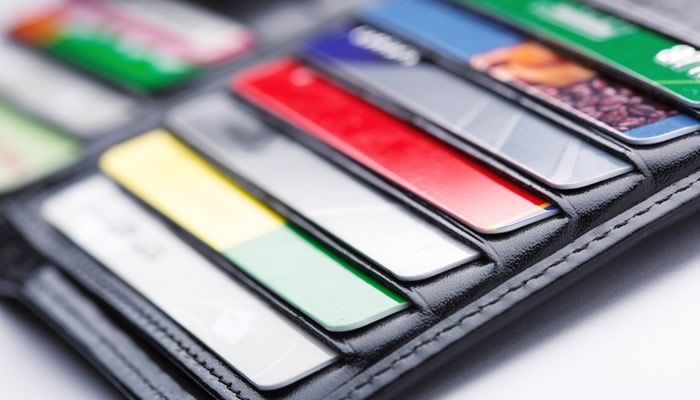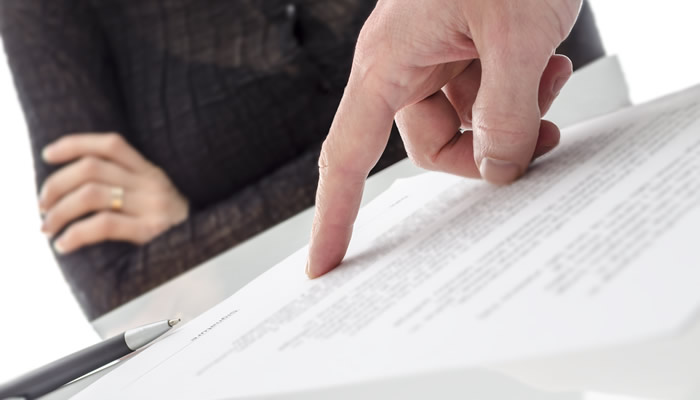How Do I Pay Off a Large Outstanding Balance on My Credit Card?
Are you carrying a large balance on your credit card and you’re concerned you’ll never be able to pay it off? You’re not alone. The average Canadian carried an outstanding balance of $3,650 on their credit card in the third quarter of 2013, according to credit reporting agency TransUnion Canada.

If you had the average outstanding balance of $3,650 at an interest rate of 18.5 per cent on your credit card and only made the 2 per cent minimum payment each month, it would take you a mind-boggling 37 years to pay off your existing balance. To make matters worse, you’d pay $10,449.05 in interest – nearly triple your original balance! If this doesn’t motivate you to pay off your credit card debt, we don’t know what will! Enter your own balances on the credit card payment calculator.
When you’re dealing with a mound of credit card debt it can be daunting to try to fix the situation. The very first step to reduce your debt is to take a good look at your overall financial picture. Do you have a budget in place? Are your spending habits under control? Is your income stable? It might take serious planning and dedication to reducing your credit card debt, and it won’t happen overnight.
These additional options may also help get on the right track – but only after any necessary changes to spending habits are complete.
Balance Transfer
The first option you should consider to start paying down debt is a balance transfer. A credit card balance transfer makes the most sense if you haven’t missed a recent minimum payment and your credit rating is decent. Many credit cards offer promotional 0 per cent interest rate balance transfers for new clients. The promotional rate typically can last anywhere from six months to 1.5 years.
A balance transfer can buy you some time to repay your debt as quickly as possible without racking up a ton of interest. The drawback to a balance transfer is that you may not qualify if your credit rating has taken a beating, and you may not be able to transfer your full outstanding balance. Keep an eye on the APR once your promotional period is over – the interest rate on your new credit card could end up being higher than your existing credit card.
Debt Consolidation Loan
With lending interest rates near record lows, why not take advantage with a debt consolidation loan? Your credit card interest rate may currently be 18.5%, but you can get a line of credit for a lot less. Homeowners can take advantage of the equity they’ve built up in their home with a HELOC (home equity line of credit). Today you can get a HELOC for as little as Prime + 0.5%. If you’re not a homeowner, you can still apply for an unsecured line of credit at a significantly lower interest rate than your credit card.
Credit Counselling
For those in dire straits, credit counselling from a certified nonprofit agency can help you get your finances back on track. A credit counsellor will sit down with you and help develop a realistic budget, so you can put as much of your take-home pay towards credit card repayment. A counsellor may even be able to arrange a new repayment plan at a lower interest rate with your credit card company if you can demonstrate financial hardship. The good news is with a counsellor your credit score should be spared, as long as meet your repayment schedule.
These three effective ways to help tackle credit card debt are a small part of the overall process to become debt-free. To be successful, it all comes down to willpower. You have to be willing to make tough changes to your spending habits if you hope to have your credit card debt paid off some time this decade.




